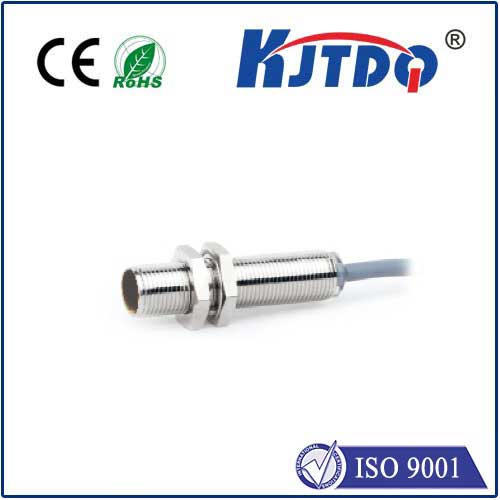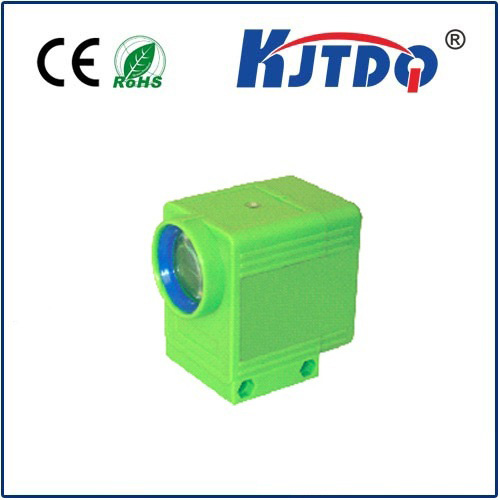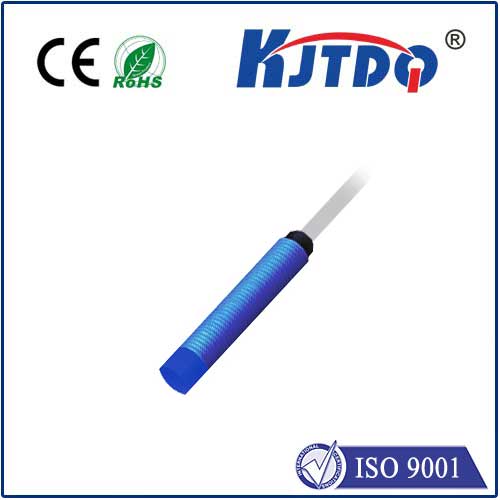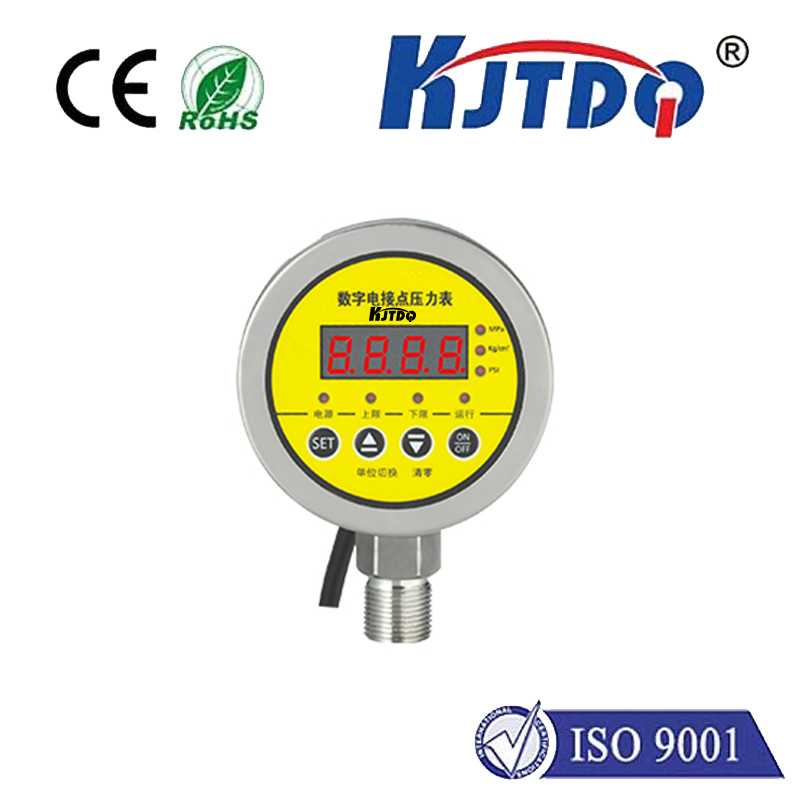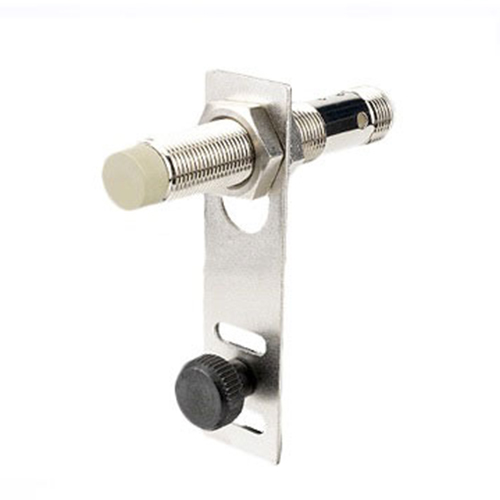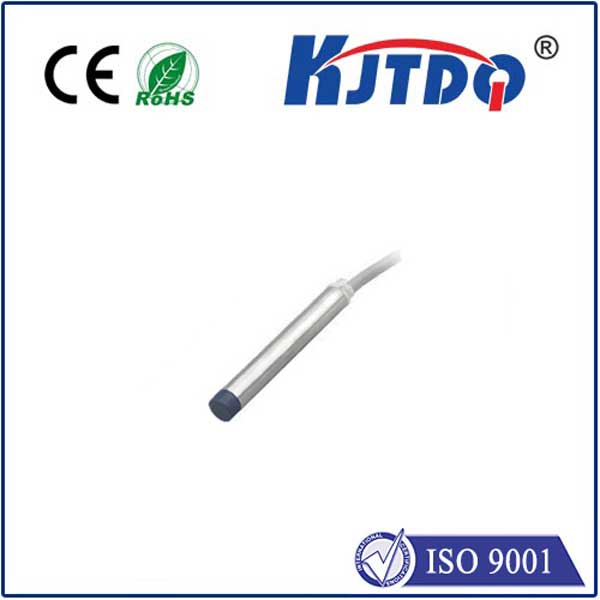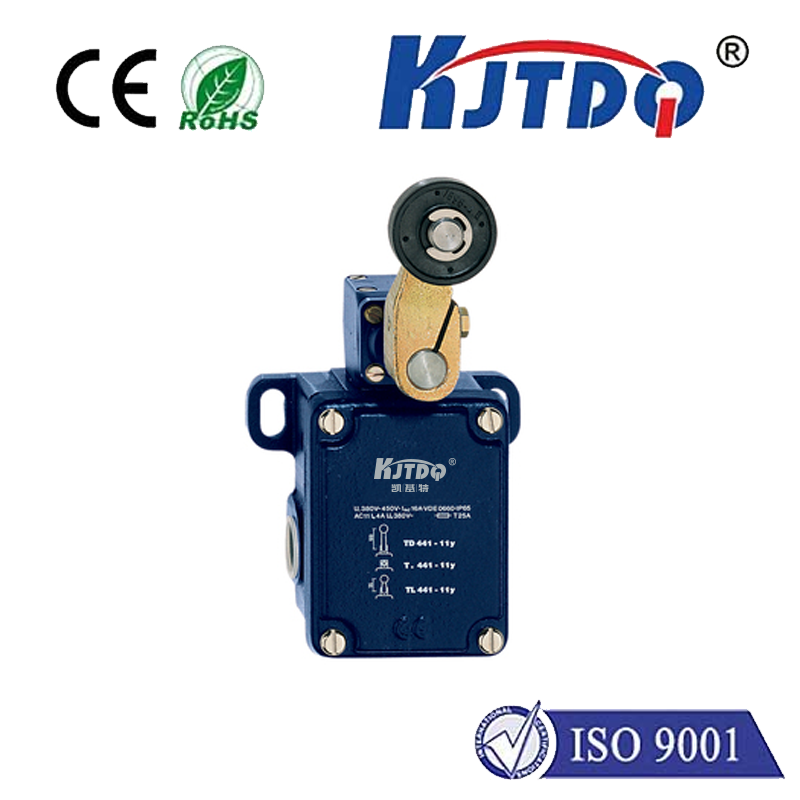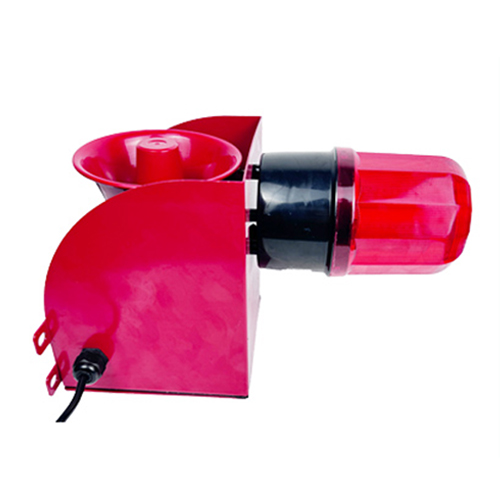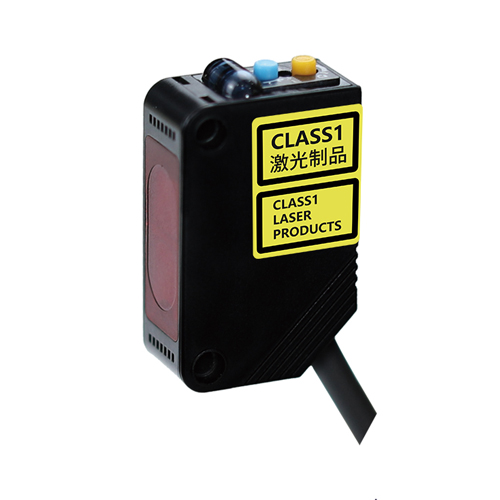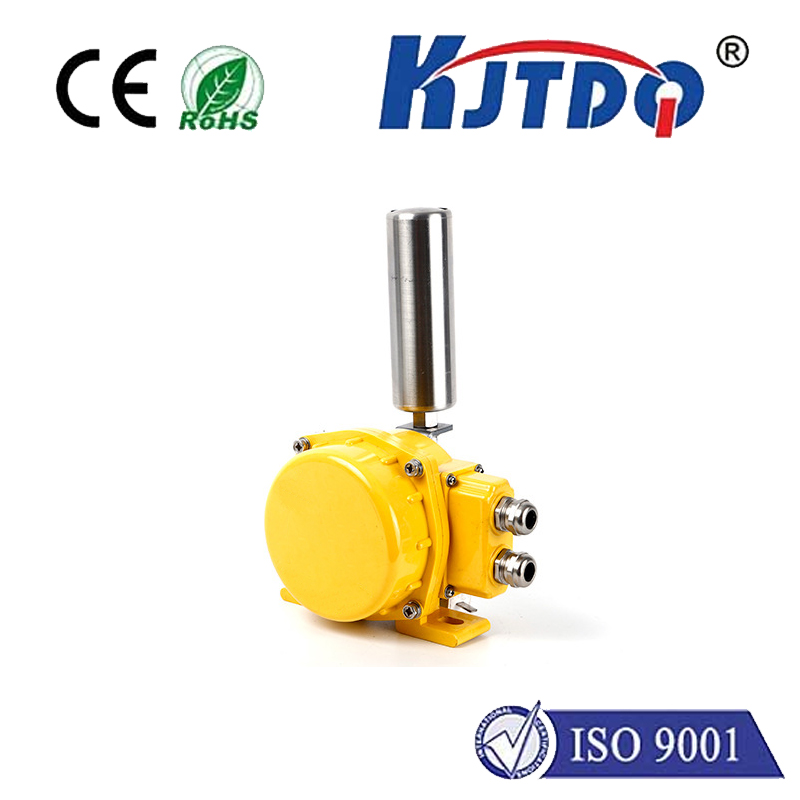BES01FP proximity sensor
- time:2025-10-15 02:31:16
- Click:0
Unmasking the BES01FP: Your Robust Flush-Mount Inductive Proximity Sensor for Demanding Automation
Imagine a high-speed packaging line, bottles whizzing past sensors at blinding speed. Dust fills the air, washdown sprays periodically drench the machinery, and vibrations rattle the frame. In this unforgiving environment, sensor failure isn’t just an inconvenience; it’s a costly production halt. Reliability, ruggedness, and unwavering accuracy aren’t luxuries here – they’re absolute necessities. This is precisely the domain where sensors like the BES01FP proximity sensor prove their mettle, offering industrial-grade detection built to withstand the rigors of modern automation.
So, what exactly is the BES01FP? At its core, it’s an inductive proximity sensor specifically designed for flush mounting. Unlike non-flush sensors that require a clearance zone around their sensing face, the BES01FP can be installed directly into metal without any surrounding gap. Its compact, cylindrical M8 form factor makes it ideal for space-constrained applications. Engineered for demanding industrial environments, its primary function is to detect the presence or absence of metallic targets – ferrous metals like steel and iron offer the longest sensing range, while non-ferrous metals like aluminum or brass can also be detected, typically at a reduced distance.

What sets the BES01FP proximity sensor apart? Let’s delve into its defining features:
- Exceptional Robustness: Built to last, the BES01FP boasts a high degree of protection against environmental factors. Key here is its IP67 rating. This signifies complete protection against dust ingress and the ability to withstand temporary immersion in water up to 1 meter deep. This makes it perfect for wet environments, washdown areas common in food & beverage or pharmaceutical production, and dusty workshops.
- Optimized Performance: Utilizing an optimized coil system and high-quality materials, the BES01FP delivers reliable switching characteristics. The sensing range is tuned for consistent performance, minimizing false triggers or missed detections, crucial for process stability and safety.
- Flush Mounting Advantage: The ability for flush mounting is a significant benefit. It allows the sensor to be installed directly into a metal bracket or machine frame without needing to recess it significantly or leave a gap. This protects the sensing face from direct physical damage (like impacts from passing objects or tools) and simplifies installation in tight spaces. It also reduces the risk of material buildup on the sensor face.
- DC 3-Wire Operation: Typically available in DC versions (10-30V DC), the BES01FP offers both Normally Open (NO) and Normally Closed (NC) switching outputs. This flexibility allows easy integration into various control systems (PLCs, safety circuits, counters) using standard cabling practices. Look for the NPN or PNP transistor output configuration to match your system requirements.
- High Switching Frequency: Designed for dynamic applications, the BES01FP features a high switching frequency. This means it can reliably detect rapidly moving or vibrating metallic objects – essential on conveyors, indexing tables, or high-speed assembly lines.
- LED Status Indication: Most variants include an integrated LED. This provides vital visual feedback on the sensor’s operating state (powered, target detected), significantly simplifying commissioning, troubleshooting, and maintenance.
Where Does the BES01FP Shine? Key Applications
The combination of ruggedness, flush mounting, reliable inductive sensing, and compact size makes the BES01FP proximity sensor highly versatile across numerous sectors:
- Factory Automation: Monitoring part presence on conveyors, detecting piston positions in cylinders (end-of-stroke), verifying workpiece clamping in fixtures, counting metal parts, and confirming tool positions in CNC machinery. Its reliability ensures smooth production flow.
- Packaging Machinery: Detecting metal components on fillers, cappers, labelers, and case packers. The IP67 protection is crucial for handling potential spills or cleaning cycles.
- Material Handling: Verifying the position of pallets, lift tables, or automated guided vehicles (AGVs). Detection of metal rollers or chains in conveyors.
- Automotive Manufacturing: Countless uses on assembly lines for engine build, chassis assembly, and welding stations – detecting fixtures, clamps, robot arm positions, and component presence.
- Food & Beverage / Pharmaceutical: Ideal for washdown environments (thanks to IP67) for detecting metal parts on filling lines, capping machines, or checking positions of stainless steel containers or mechanisms.
- Machine Building: A fundamental component within custom machinery for position feedback, safety interlocks, and sequence control.
Why Choose the BES01FP Over Alternatives?
While capacitive or photoelectric sensors have their places, inductive sensors like the BES01FP offer distinct advantages for metal detection:
- Immunity to Environmental Factors: Dust, dirt, oil, moisture, and even target surface contamination (non-conductive) significantly impact capacitive or optical sensors. The BES01FP proximity sensor, being inductive, remains largely unaffected by these common industrial nuisances.
- No Moving Parts: Unlike mechanical limit switches, inductive sensors have no physical contacts to wear out, leading to vastly superior longevity and reliability – a key factor in reducing maintenance costs and downtime.
- High Speed & Repeatability: The solid-state design enables the high switching frequency necessary for fast-moving processes, offering consistent accuracy that mechanical switches struggle to match.
- Cost-Effectiveness: For dedicated metal detection tasks in harsh environments, the robust performance and reliability of a sensor like the BES01FP often provide the best long-term value.
Implementation Considerations
Selecting and installing the BES01FP effectively requires attention to a few details:
- Sensing Range: Always confirm the specified sensing range for your target material (ferrous vs. non-ferrous). Remember, the actual operating range can be slightly less than the nominal Sn rating. Factor in installation tolerances.
- Mounting: Ensure the sensor is securely fixed. For flush mounting, the face must be level with (or slightly recessed within) the mounting surface. Avoid vibration or shock that could exceed specifications.
- Electrical Connection: Double-check the voltage requirements (DC 10-30V typical), output type (NPN or PNP), and switching function (NO or NC). Properly connect the Brown (L+), Blue (L-), and Black (Output) wires according to the datasheet.
- Target: The target must be large enough and made of metal. Small or thin targets might not be reliably detected at the full nominal range. The sensor’s switching frequency must also meet the speed of the target movement.
- Environment: While rugged, avoid extreme temperatures beyond the sensor’s specifications (typically -25°C to +70°C) and exposure to strong chemicals or welding splatter unless specifically rated for it.
The BES01FP proximity sensor embodies the resilience required in modern industrial settings. Its flush mounting capability, robust IP67 protection, consistent sensing range, and high switching frequency combine to create a highly reliable, compact solution for countless metal detection challenges. Whether ensuring a critical piston is retracted, verifying parts are present before a robotic weld, or counting cans on a high-speed line, the BES01FP stands as a proven workhorse, contributing significantly to the efficiency, safety, and uptime of automated systems across the globe. For engineers seeking dependable, non-contact metal detection in demanding applications, understanding and utilizing the capabilities of the BES01FP is often a strategic advantage.






